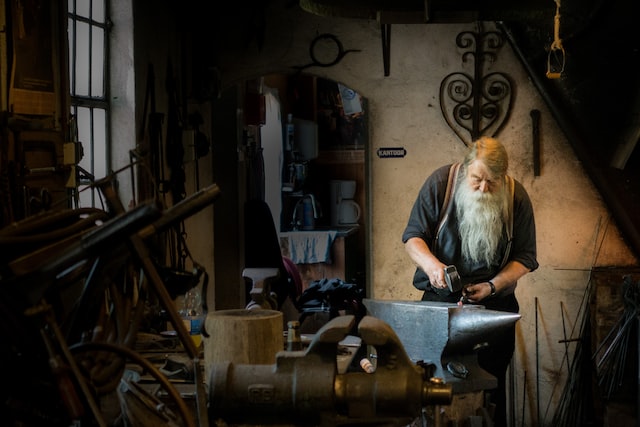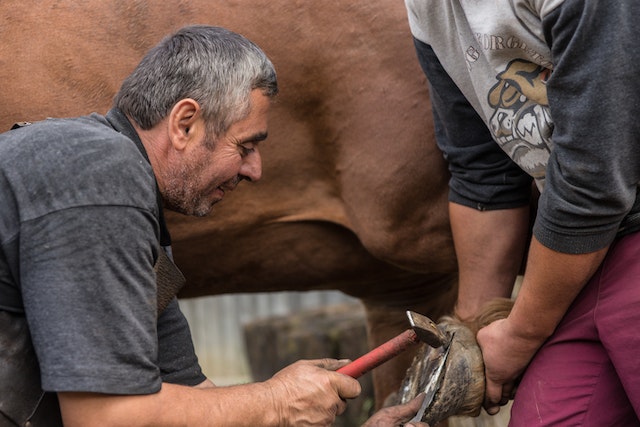You have a wide variety of options to pick from when it comes to hammers. The sort of work you do may require a collection of hammers of a wide variety of forms, from their size and weight to their material and place of origin, just like any other tool. First things first, let’s look at the basics of a hammer.
Weight- Size doesn’t really matter all that much when it comes to hammers. Do not fool yourself into thinking that if you purchase the largest, strongest 10-pounder you can find, you will suddenly become a “genuine” blacksmith. In the art of blacksmithing.Skill is more important than strength. Yes, there will be situations in which you will be required to move or flatten a significant quantity of material over an anvil which you can find by checking out anvils for sale. There will be occasions when you can get away with using a larger hammer or even a sledge, but the majority of your job will consist of shaping hot metal into pieces that are less than two inches across at a time. In order to do this task successfully, you will require CONTROL over the hammer.

Type- There is an overwhelming variety of options available to pick from when it comes to blacksmith hammers. The list of different types of peening is extensive and diverse, including ball peen, cross peen, planishing, raising, and chasing. However, when it comes to tools, form always follows function. You need to ask yourself what form of blacksmithing you will be doing the majority of. Is it of a high-quality ornamental nature? Is it bladesmithing? Is that what a farrier does? There is a specialised hammer for every kind of task.
Style- Your individual choice should serve as the primary factor in determining the type of hammer to choose. There are hammers designed in the Swedish style, the French style, the Japanese style, and many other styles. Which one is best? Just go with the one that seems to be the greatest fit. When all is said and done, the functionality will remain mostly unchanged, and the design will primarily be intended to cater to your own unique sense of style. There are a few justifications for the form of such tools, and their form generally reflects their purpose; nonetheless, when it comes to the great bulk of labour, the manner in which a forging hammer sits and performs in your hand is far more essential than how it appears. Pick the one that appeals to you the most and starts banging away.

Manufacturer- There are a great number of producers of hammers in the world.Butyou would be doing yourself a favour if you stayed away from the hardware shop. Hammers are distinguished by the materials from which they are fashioned, and though tool steel is certainly tool steel, the form and proportions of a hammer designed specifically for use by a blacksmith are distinctive. When I handle a carpenter’s claw hammer versus my Swedish cross peen, both are so wholly separate in the feel that I would never even contemplate using them interchangeably. In this aspect of your forging, you shouldn’t scrimp on spending.





